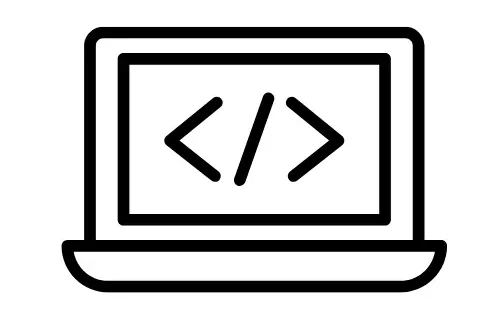Building Responsive Websites with CSS Media Queries
Introduction to Responsive Websites
In today’s digital world, having a website that looks great on any device is crucial. Responsive websites are designed to adapt and adjust to different screen sizes, whether it’s a desktop computer, a tablet, or a smartphone. This ensures that users have a consistent and enjoyable experience no matter how they access the site.
Understanding CSS Media Queries
CSS (Cascading Style Sheets) is a language used to style web pages. Media queries are a powerful feature of CSS that allow developers to apply different styles based on various factors like screen width, height, and resolution. By using media queries, we can create responsive designs that adjust to different devices.
Creating Breakpoints for Different Devices
Breakpoints are specific points at which the layout of a website changes to accommodate different screen sizes. Common breakpoints include those for desktops, tablets, and smartphones. By defining breakpoints in our CSS code, we can ensure that our website looks great on all devices.
Applying Media Queries in CSS
Once we’ve determined our breakpoints, we can use media queries to apply specific styles to different screen sizes. This might include adjusting font sizes, changing the layout of elements, or hiding certain content on smaller screens. By using media queries effectively, we can create a seamless experience for users across devices.
Testing and Debugging Responsive Designs
After implementing media queries, it’s essential to thoroughly test our website on various devices to ensure everything looks and functions as intended. This might involve using browser developer tools to simulate different screen sizes or testing on real devices. Additionally, we should debug any issues that arise to ensure a smooth user experience.
Best Practices for Responsive Web Development
In responsive web development, it’s essential to follow best practices to ensure our website performs well across devices. This includes using flexible layouts, optimizing images for fast loading times, and prioritizing content for mobile users. By following these best practices, we can create responsive websites that provide an excellent user experience.
Conclusion
Building responsive websites with CSS media queries is essential for ensuring that our content is accessible and enjoyable on any device. By understanding how media queries work and following best practices for responsive web development, we can create websites that look great and perform well across a variety of devices.
